Location: Lincoln, California
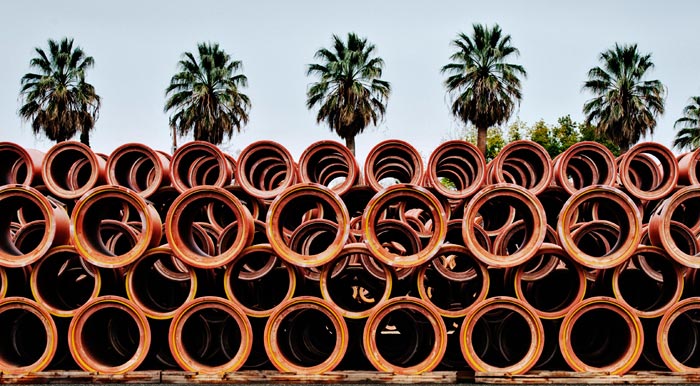
© 2011 Robert Hitchman. All Rights Reserved.
Nikon D300s | HDR 3 exp. | f/11 @ 1/1250 to 1/60 sec. | ISO400 | 70 mm Lens
The historic Gladding, McBean pottery is located in the Placer County town of Lincoln, California, at the edge of the Sierra foothills, thirty miles northeast of Sacramento. In continuous operation since 1875, the Gladding, McBean factory is the largest clay-pipe manufacturing facility in the United States. The pottery’s main product, its bread and butter, is terra cotta sewer pipe. While awaiting shipment, thousands are stacked in the yards surrounding the factory, creating unlimited patterns for a photographer’s camera.
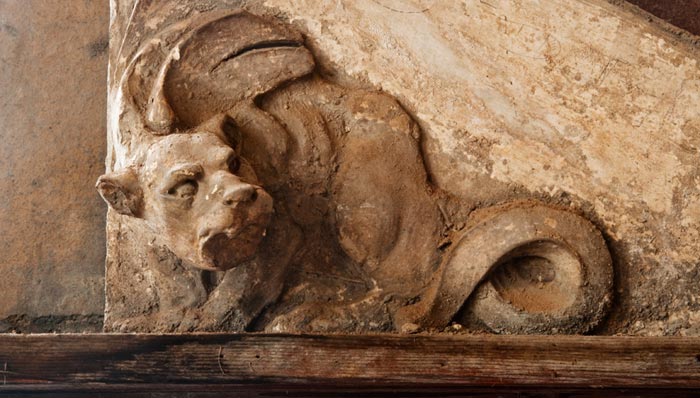
© 2011 Robert Hitchman. All Rights Reserved.
Nikon D300s | f/22 @ 1 sec. | ISO200 | 62 mm Lens
Gladding, McBean is one of only three companies in the country making high-quality architectural terra cotta, and the only current producer of architectural terra cotta to have existed before the Great Depression. Inside the walls of Gladding, McBean is a factory and warehouse of architectural ornamentation, created here over the last 135 years. Everything sits in a state of “arrested decay.” A fine layer of dust covers everything, including the large windows that filter sunlight and cast a soft, diffuse light, perfect for photography. Long rows of huge, gas-fired beehive kilns fill the ground floor. Production rooms, clay mixing machinery, and drying racks fill acres of upper floors. The top floors house modeling rooms where old projects still sit, some finished, some unfinished, including countless fascinating sculpted human figures, creatures resembling gargoyles and decorative architectural filigree work. In 1959, Ernst Kadel, the head modeler, died, and as a tribute to Ernst, his fellow workers left his office the same as it was on his last day.
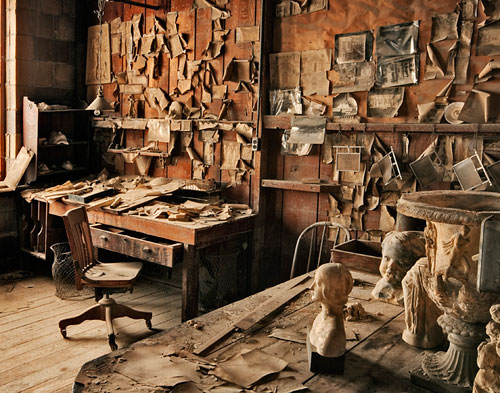
© 2011 Robert Hitchman. All rights reserved.
Nikon D300s | HDR 7 exp. | f/22 @ 1/13 to 5 sec. | ISO200 | 20mm Lens
This factory continues to produce exterior cladding and decoration for new and old buildings, using the same techniques employed here more than a century ago. A walk through the pottery is truly a journey into the past, an amazing place where time appears to have stood still.
Normally closed to the public, Gladding, McBean plays host to photographic workshops twice each year in March and October since 1996. Organized and directed by Gene Kennedy, these workshops are for the non-beginner photographer and provide access to one of the most visually interesting and historically rich buildings in the West, providing an abundant supply of fascinating subjects and extraordinary light. This place is so large that it takes a full day to find your way around and discover all there is to photograph. Many of the workshop participants return year after year and offer assistance to newcomers.
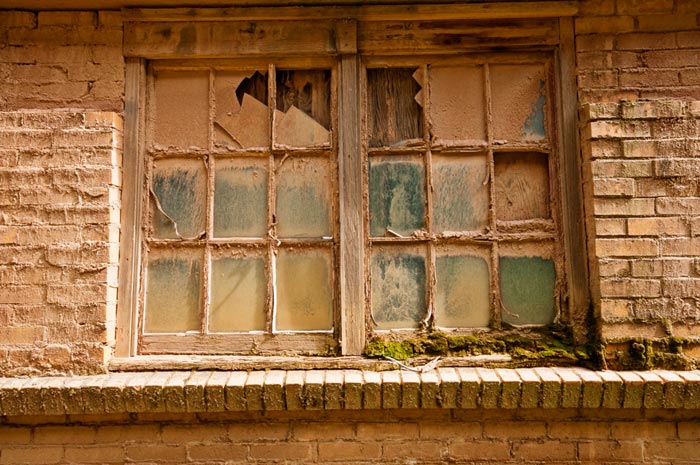
© 2011 Robert Hitchman. All rights reserved.
Nikon D300s | f/16 @ 1/60 sec. | ISO200 | 15mm Lens
The workshops begin with an orientation on Friday night at the Viewpoint Photographic Art Center in Sacramento and provide participants with either one or two full days (your choice) of unlimited access into the Gladding, McBean factory in Lincoln, California. Lunches are included in the price.
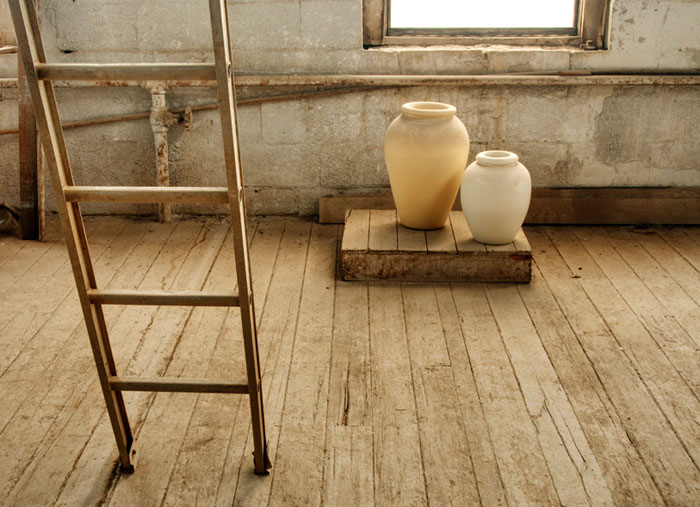
© 2011 Robert Hitchman. All rights reserved.
Old Ladder & Pots
Nikon D300s | HDR 5 exp. | f/22 – 1/8 to 2 sec. | ISO640 | 30mm Lens ISO400
For workshop fees, details, and registration information contact Gene Kennedy.
by Robert Hitchman, Photograph America

Leave a Reply